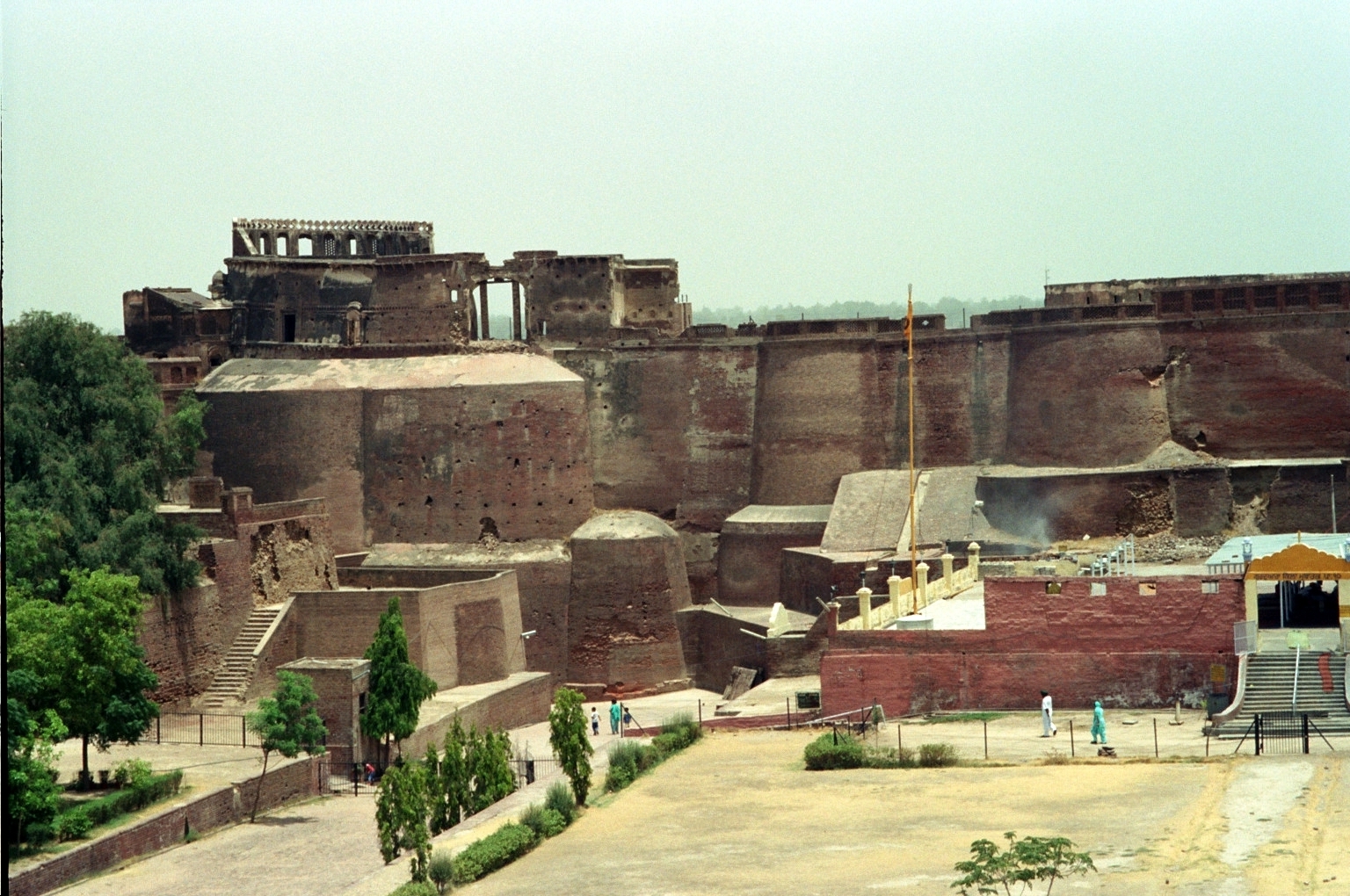




Qila Mubarak stands as a testament to the rich historical and architectural legacy of Patiala, a fortress that embodies the cultural narrative of Punjab's royal past. First established by Baba Ala Singh in 1763, this remarkable monument transcends mere architectural significance, representing the foundational moment of the Patiala dynasty's emergence.
The fort's construction narrative is intrinsically linked to the vision of its founder, a Sidhu Jat ruler who meticulously planned not just a defensive structure, but a symbol of dynastic ambition. Initially constructed as a mud fortress, it was later reconstructed using baked bricks, incorporating a fascinating blend of Mughal and Rajasthani architectural styles that distinguished it from contemporary structures of its time.
Maharaja Amar Singh, grandson of Baba Ala Singh, completed the fort's construction, transforming it into a complex that served multiple purposes. The architectural marvel included the Darbar Hall, now a museum housing historical armaments, and Qila Androon, the royal family's residential palace. These spaces were not merely functional but represented the cultural and political sophistication of the Patiala state.
The fort's cultural significance extends beyond its architectural beauty. It serves as a unique intersection of Hindu mythology and Sikh historical narratives. The paintings within Qila Androon depict intricate scenes from Hindu mythological traditions, while the Darbar Hall preserves sacred relics of Sikh Guru Gobind Singh, making it a site of profound spiritual and historical resonance.
Architectural innovation was a hallmark of Qila Mubarak's design. The integrated sewerage system was particularly advanced for its era, demonstrating the sophisticated urban planning capabilities of the Patiala rulers. This technical sophistication, combined with the aesthetic elements drawn from Mughal and Rajasthani traditions, makes the fort a remarkable example of 18th-century architectural excellence.
The socio-political context of the fort's construction reflects the complex interactions between different cultural and political forces in Punjab during the mid-18th century. The rulers of Patiala strategically used architectural design to communicate power, cultural refinement, and historical continuity. Each architectural element was carefully considered to represent the dynasty's aspirations and cultural identity.
Recent restoration efforts by organizations like the Indian National Trust for Art and Cultural Heritage and the Archaeological Survey of India have been crucial in preserving this important historical site. These initiatives recognize Qila Mubarak not just as a physical structure, but as a living repository of Punjab's rich cultural and historical heritage, deserving careful conservation and continued scholarly attention.
The fort continues to attract historians, architectural enthusiasts, and cultural tourists, serving as a vibrant link between Punjab's historical past and its dynamic present. Its enduring significance lies not just in its physical structure, but in its ability to narrate the complex, multilayered story of a region's cultural evolution through centuries of transformation.